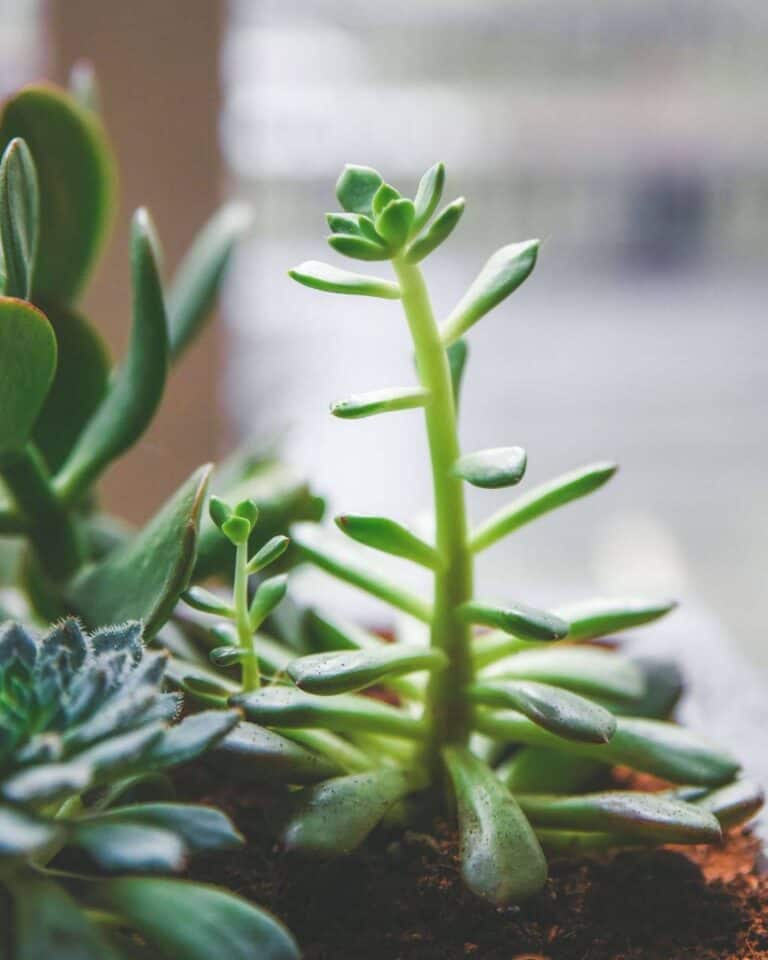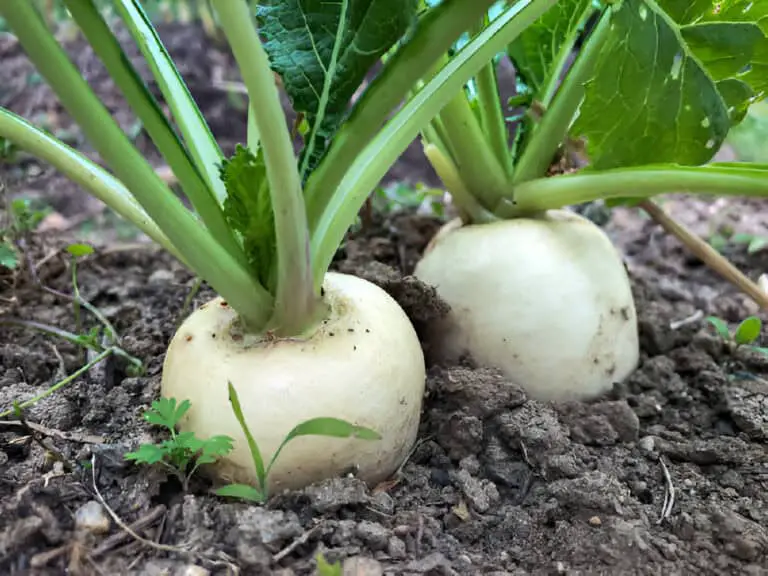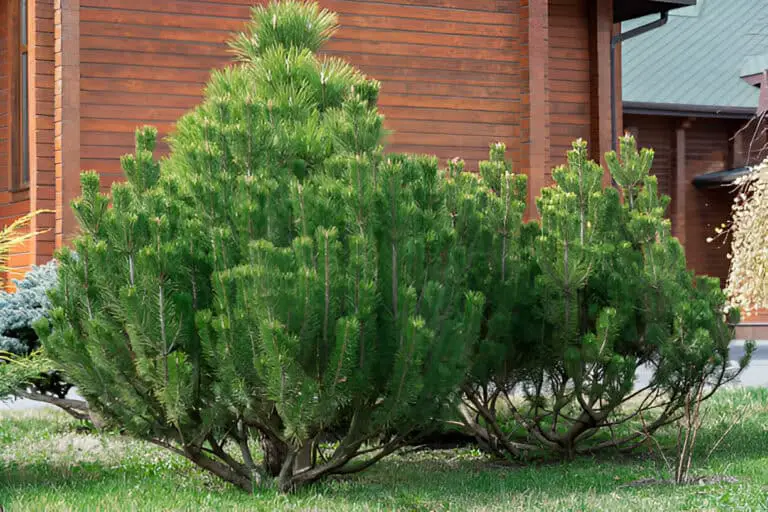Does Candytuft Come Back Every Year? When Is Its Flower Season?
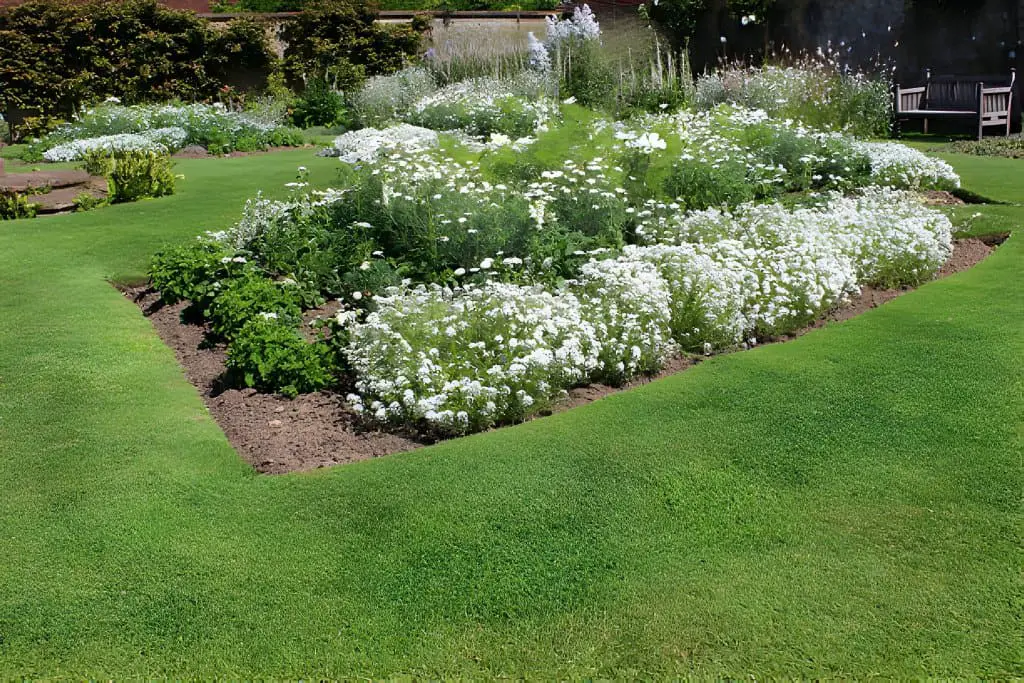
Candytuft, with its charming clusters of delicate white flowers, is a beloved addition to many gardens. Its scientific name is Iberis sempervirens. It is appreciated for its low, evergreen nature and its ability to create a beautiful ground cover.
But one question that often arises among gardeners is whether Candytuft comes back every year and when exactly it blooms. Understanding the growth habits and flowering season of candytuft can help you enjoy its beauty for many seasons to come. Let’s delve into the life cycle and flowering season of Candytuft to provide a comprehensive answer.
Candytuft’s Characteristics and Growth Habits
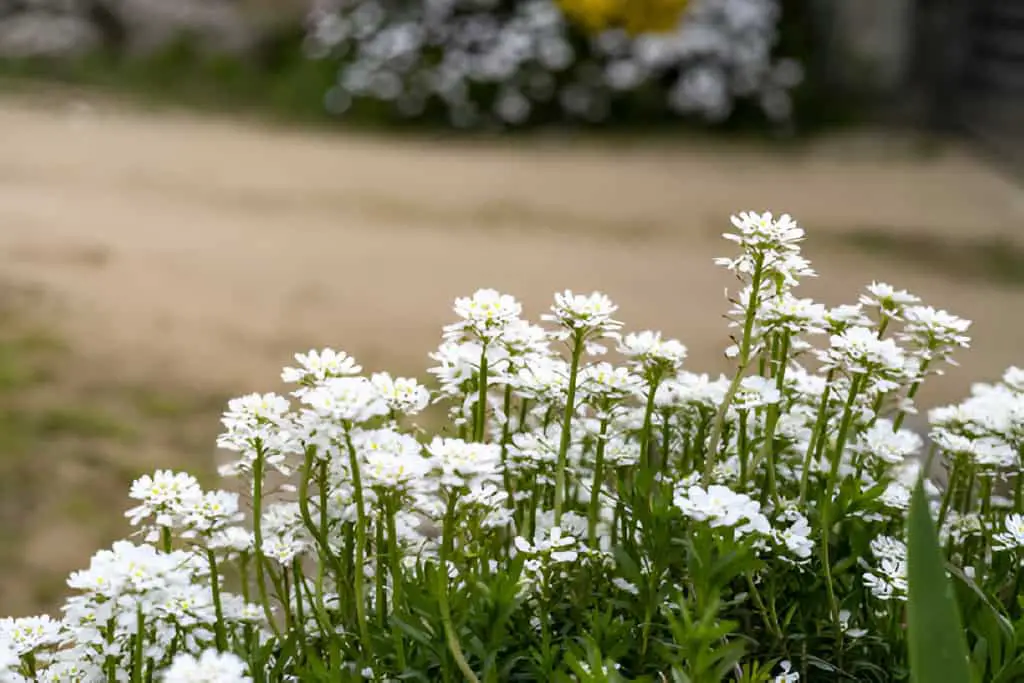
Candytuft, with its charming clusters of delicate white flowers, is a delightful addition to any garden. This hardy perennial is known for its ability to thrive in various climates, bringing a touch of elegance to garden borders and rock gardens. Have you ever wondered if this beautiful plant will return each year to grace your garden with its blooms?
Understanding the nature and blooming season of candytuft can help you appreciate its enduring appeal even more. In this introduction, we will explore the enduring qualities of candytuft. We will also cover its care needs and how to enjoy its pretty flowers each season.
Hardiness zones are very important for figuring out if Candytuft will grow back every year in a certain spot. This plant does best in zones 3 to 9, where it is safe enough to survive the winter and come back in the spring. In cold places, Candytuft may die back during the hard winters, but it usually grows back when the weather gets warmer.
Does Candytuft Come Back Every Year?
As a perennial, Candytuft is designed to survive through multiple growing seasons. It grows from the same root system every year, provided it is planted in the right conditions. This quality makes it a low-maintenance plant for gardeners who prefer a reliable and enduring bloom in their landscapes.
Hardiness zones play a crucial role in determining whether Candytuft will come back every year in a specific location. Candytuft thrives in zones 3 to 9, where it is well-equipped to survive the winter months and re-emerge in the spring. In cool places, Candytuft might die back in harsh winters. But, it usually bounces back as temperatures rise.
Optimal Growing Candytuft Conditions
For Candytuft to thrive and return annually, it’s essential to provide it with the right environment. Here are the key conditions needed:
1. Soil Requirements
Candytuft prefers well-drained soil. It can tolerate poor soil conditions but thrives best at slightly alkaline to neutral pH levels. Amending the soil with compost can enhance its growth and flowering.
2. Sunlight
This plant loves the sun and requires full sunlight for most of the day. While it can tolerate partial shade, the most abundant and vibrant blooms occur when it is exposed to ample sunlight.
3. Watering Needs
Candytuft is drought-tolerant once established. But, watering it regularly in its first year is crucial. Ensure the soil is moist but not waterlogged. Overwatering can lead to root rot, which is detrimental to its health and longevity.
Candytuft’s Flowering Season
One of the most enchanting aspects of Candytuft is its blooming period. Knowing when to plant flowers can help gardeners plan their garden layout to ensure continuous color and beauty.
Spring Blooms
Candytuft typically blooms in the spring, from April to May. During this period, it produces a profusion of small, white flowers that can last several weeks. The blooms often cover the plant so densely that the foliage becomes almost invisible, creating a stunning carpet of white.
Extended Bloom Period
In some climates, particularly those with mild summers, Candytuft can have a second, less prolific bloom in the fall. While this secondary flowering isn’t as dramatic as the spring display, it adds a lovely touch of white to the garden as the seasons change.
Seasonal Care and Maintenance
To ensure Candytuft returns robustly each year, it needs proper care. This care will help it bloom beautifully.
1. Pruning
After the spring bloom, it’s beneficial to prune Candytuft to maintain its shape and encourage new growth. Pruning involves cutting back the spent flowers and a portion of the foliage. This practice keeps the plant tidy. It also makes it bloom more and prevents it from becoming leggy.
2. Fertilization
Candytuft doesn’t need much food. But, in early spring, applying a balanced, slow-release fertilizer can boost its growth and flowering. Avoid excessive fertilization, as it can lead to lush foliage at the expense of flowers.
3. Winter Protection
Although Candytuft is hardy and can withstand frost, providing a layer of mulch during winter can protect the roots from severe cold. In very harsh climates, more steps may be needed. For example, covering the plants with burlap may be necessary to ensure their survival.
| Read: Is it Safe to Eat Rosemary with Powdery Mildew? |
Common Challenges and Solutions
Pests and Diseases
Although candytuft is generally pest-resistant, aphids and flea beetles can occasionally damage it. Regular inspection and using organic insecticides can manage these pests. Fungal diseases like powdery mildew can occur in very humid conditions. So, good air flow and proper plant spacing can prevent this issue.
Root Rot
As mentioned earlier, overwatering can cause root rot. To prevent this, ensure the soil is well-drained and avoid planting Candytuft in areas where water tends to pool. If you notice signs of root rot, like wilting or yellowing leaves, despite enough water, you must better drainage and maybe move the plant.
Companion Planting with Candytuft
Adding Candytuft to your garden involves more than just planting it. Considering its companions can improve its look and health.
Ideal Companions
Candytuft pair beautifully with spring-blooming bulbs like tulips and daffodils. The white flowers of Candytuft provide a stunning contrast to the vibrant colors of these bulbs. Also, combining it with plants that bloom at different times, like lavender or coreopsis, can ensure color all season.
Creating Garden Borders
Candytuft’s low-growing habit makes it an excellent choice for garden borders and edging. Planting it along pathways or at the front of flower beds can create a defined and elegant look. Its evergreen foliage also looks interesting year-round. It keeps garden structure when other plants are dormant.
Conclusion
Candytuft is a delightful perennial that brings a touch of elegance to any garden. Its ability to come back year after year, coupled with its stunning spring blooms, makes it a favorite among gardeners. By understanding its needs and providing proper care, you can enjoy the beauty of Candytuft for many seasons.
You can use Candytuft as a ground cover. You can also use it as a border or with other spring bloomers. Its charming flowers and evergreen leaves will enhance your garden’s appeal all year. So, if you’re looking to add a reliable and visually pleasing plant to your garden, Candytuft is an excellent choice.

